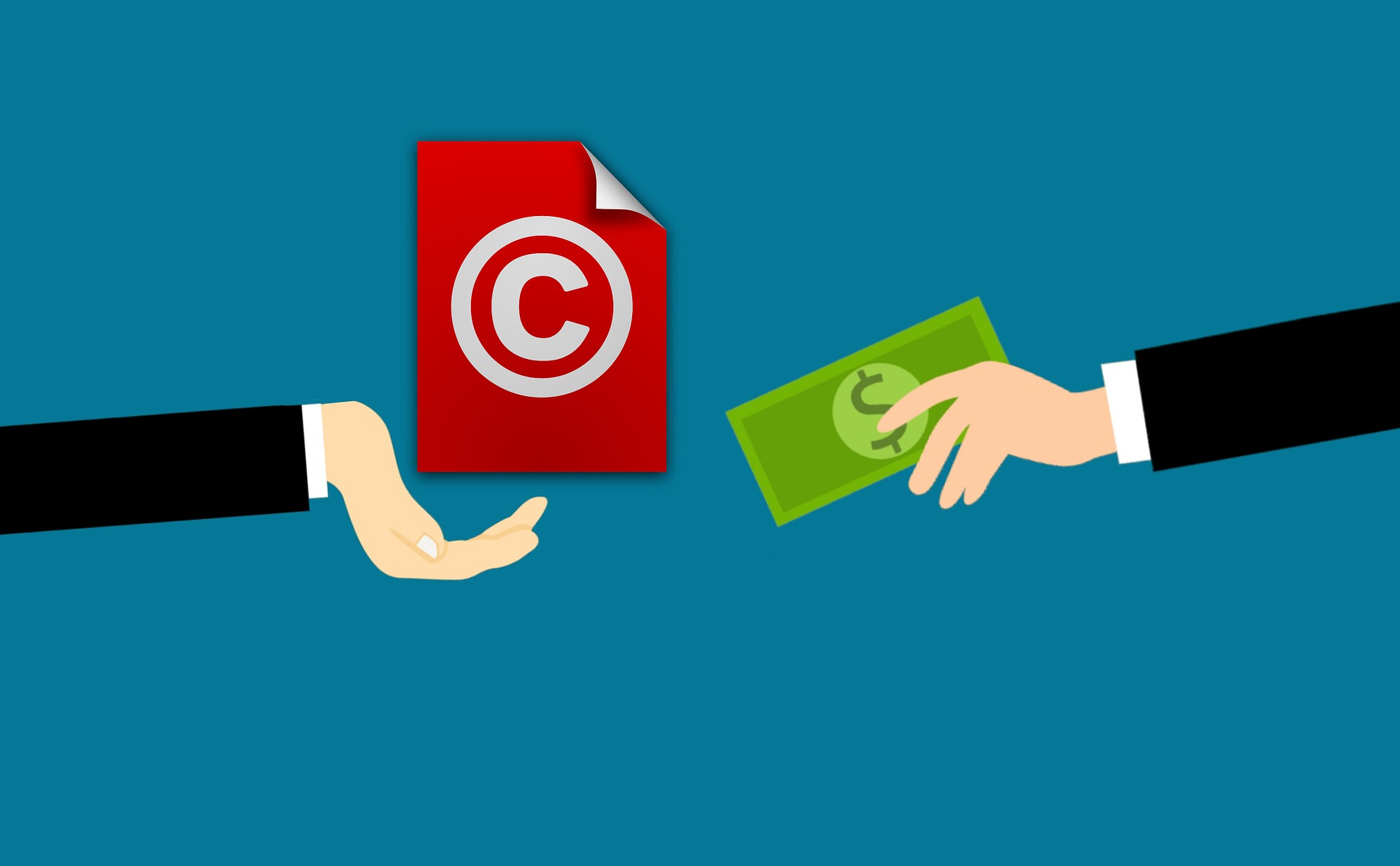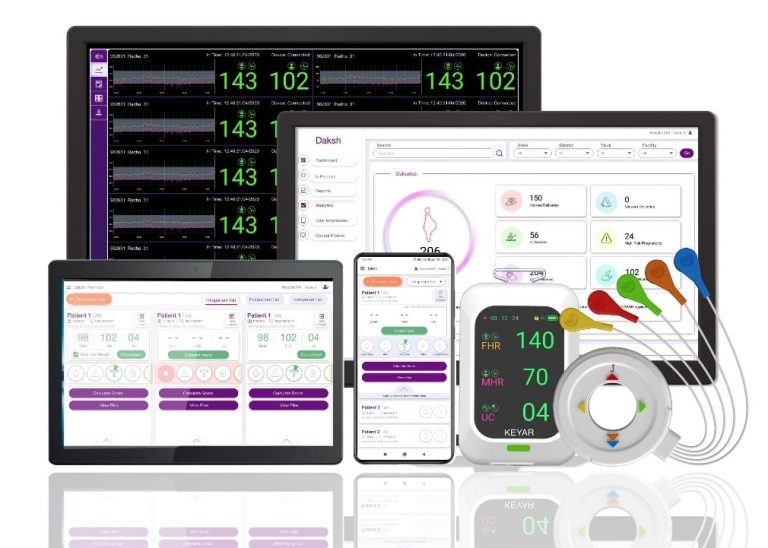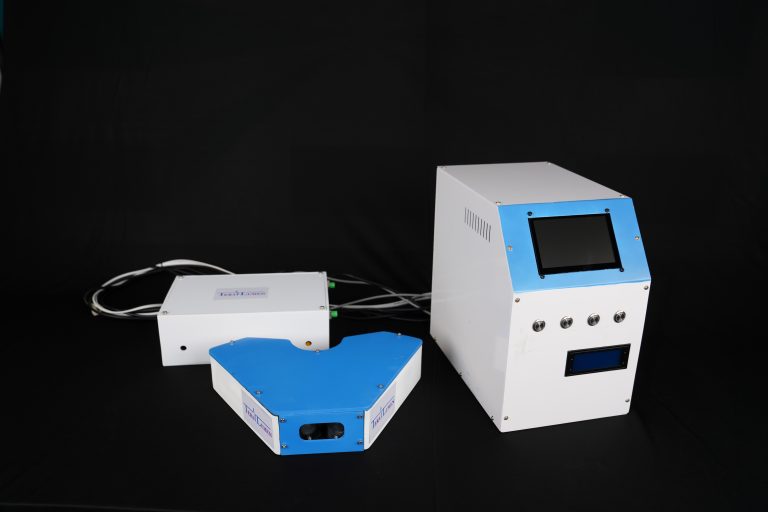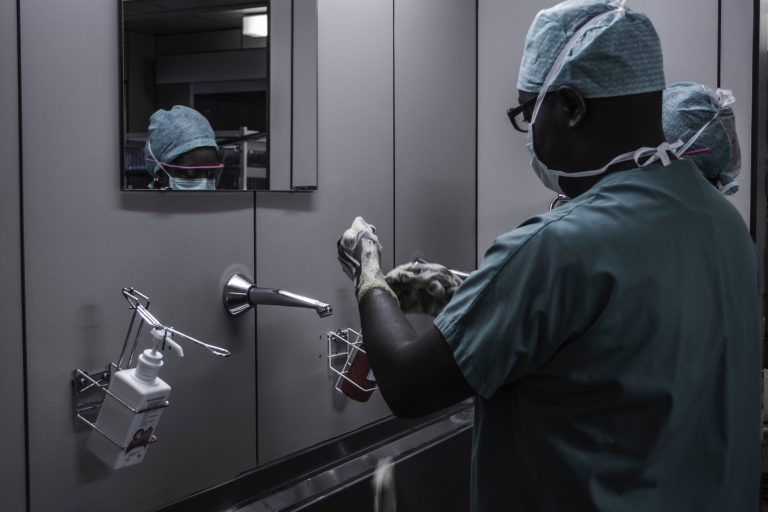Monetizing your Intellectual Property over a period of time
There is a chuckle-worthy thing that Nikola Tesla once said about a man who was using his patents,
“Marconi is a good man. Let him go. He is using seventeen of my patents.”
Why are we starting the article with this quote, you might ask. That’s because Marconi and Tesla were both aces of the radio communication industry back in the day. And when Marconi won the Nobel, Tesla sued him for infringement. Leaving the judgement of right and wrong aside, this example is to help you understand the importance of intellectual property (IP). Mainly because it is a great source of income for most, once monetized.
There are many ways through which entrepreneurs can monetize their IP. To take a deep dive into this topic, we got into an interesting conversation with Dr Vinita Jindal, Registered Patent Agent and Registered Technology Transfer Professional and working with BIRAC as Chief Manager – IP & Technology Management and Dr Lipika Sahoo, a registered patent and trademark agent who is also the founder of Lifeintelect Consultancy Pvt. Ltd.
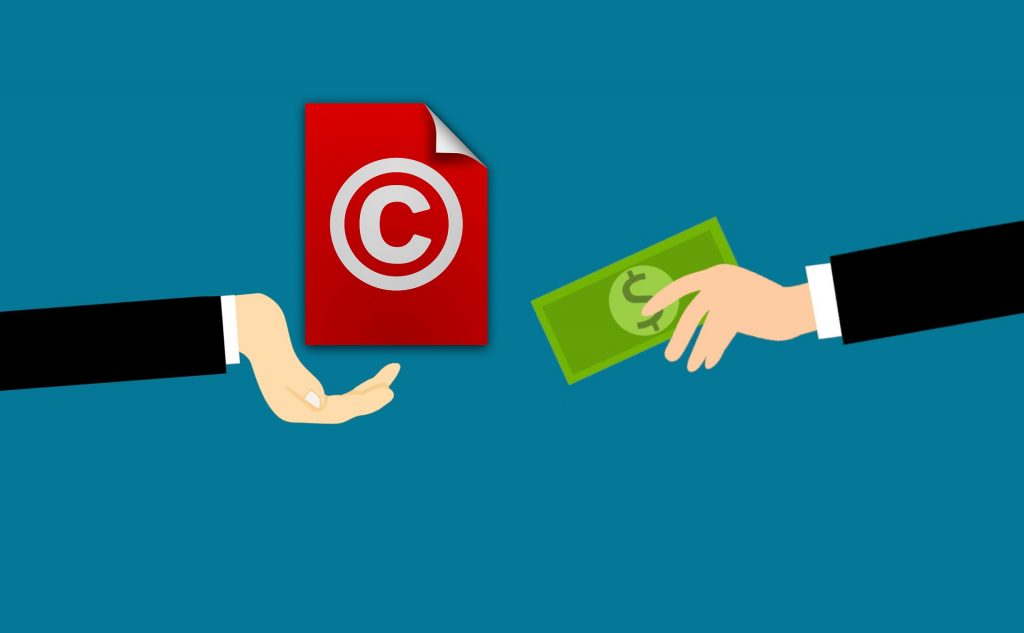
Why Should You Monetise Your IP?
- IP is a continuous stream of revenue and not just a one-time one.
- It can generate revenue even after the company is shut down.
- It provides a financial net in case of a crisis within the company.
- It can generate alternative sources of revenue and help a company survive.
Adding to this, Dr Lipika shares, “When you file for IP, the ownership can stay either with the promoter or with the company. Even if the company is shut and the ownership is with the promoter, he/she can sell the company to a different owner and the IP to another. The IP stays active even after a company’s shutdown if the length of the IP has not expired,” and added, “A small company that owns an IP but cannot survive the competition with a bigger enterprise can still negotiate better with the competitors because they own the IP.”
What are the Ways Through Which You Can Monetise Intellectual Property?
“First thing to keep in mind is to develop IP assets. The second is to have a proper plan and strategy to create revenue from these assets. A patent is only for 20 years, for example. So what do you do when the patent lifecycle is coming to an end. The company then creates versions of the innovation to extend the protection. But with trademark, as long as you are paying the registration fee, you can perpetually get value out of it,” educated Dr Lipika.
So here are a few ways through which an entrepreneur can monetize the IP:
- Licensing:
One of the most popular methods, you can license your IP globally and retain a competitive advantage in the market. This also helps mitigate the costs of production, research and development for a company that is still in its nascent stage.
Dr Vinita says, “Licensing is the topmost revenue generation method for IP as one can earn money without giving up the ownership. You can also get a royalty or other compensations in the long run”.
Dr Lipika adds, “Licensing is useful when you have an idea, applied for a patent, and got the patent grant but don’t have resources to take it to the market. You can choose to license to different company to manufacture and market the product. Cross-licensing is another way through which two companies can use each other’s IPs”.
- Sale-Leaseback:
IP can be sold as separate property to a purchaser, and then the selling company can lease back the rights to use the IP from the same purchaser for long-term. This way, the company that created the IP can use it without owning it and generate revenue from the sale.
- Co-Development:
A pretty straightforward way of generating an IP portfolio is to co-develop it with another company with similar interests. This way, you can combine resources, decrease risk and get the result faster. When you calculate the number of resources saved and subsequently earned at the end of the IP creation, you’ll see the revenue benefit to it.
- Collateralisation:
IP can be significant collateral to offer when you need a loan or have to raise capital in any form. Having an IP portfolio also brings up the credibility of your company.
- Spin-Out:
Not often used, but a great way to monetize your IP is to move some assets from one company to a new company that may better utilizing the rights. This can be to acquire funding from new sources and explore new opportunities under an umbrella to sufficiently exploit the IP.
Examples of MedTech Companies That Are Using IP Widely
During our conversation with Dr Vinita, she shared an example of two companies that had some learnings for all other start-ups out there:
- The Windmill:
- The start-up approached BIRAC for help with their patent application in international jurisdictions after the filing of the PCT application. Before that, they had filed an Indian patent application and had filed for protection for industrial design, copyright, and trademark.
- The Start-up Company was proactive in identifying the international jurisdictions for patent filing and had a 360-degree approach to protect the innovation by way of different IP forms. Currently, a start-up company can make a sale in African countries.
- Nesa MedTech:
- The Company currently doesn’t have products in the market yet but has pro-actively approached BIRAC to support filing a patent application in India and abroad.
- The company also identified the potential markets for further commercialization and supported patent filing in those countries/markets.
Build an IP Portfolio
Talking about BIRAC and the support it provides in terms of IP, Dr Vinita shares, “BIRAC through its scheme BIRAC-PATH supports BIRAC supported start-ups not only to file patents in India but also support the patent filing in International jurisdiction through PCT route and/or Convention patent filing route. The scheme also facilitates technology transfer and commercialization and helps entrepreneurs prepare the technology transfer and commercialization strategy.”
Like IBM, whose trademark value is USD 36.2 billion, or Apple who is USD 26.5 billion, your company, too, could have a considerable share of its net worth in the IP. Create an IP portfolio today. This will not just protect but will create a perpetual revenue stream for your company.
“For MedTech companies especially, the investments are huge as compared to other sectors. They come up with a successful product after maybe 5 or 10 years of research. Without IP protection for a product, it makes no sense for an investor to invest,” concludes Dr Lipika.
Subscribe to Newsletter
Recent Posts
- Bridging The Gaps Between Treatment and Diagnosis: The FastSense Approach
- Embedded Finance in Healthcare Industry in India: Collaboration with FinTech and MedTech Companies
- Thermaissance: Where Healthcare and Quality of Life Meet
- Case Study: TeraLumen
- Emerging new business models in the MedTech industry in India

